The Saw Blades Market is currently characterized by a dynamic competitive landscape, driven by innovation, technological advancements, and a growing demand for high-performance cutting tools across various industries. Key players such as Bosch (Germany), DeWalt (United States), and Makita (Japan) are at the forefront, each adopting distinct strategies to enhance their market positioning. Bosch (Germany) emphasizes innovation through the development of advanced blade technologies, while DeWalt (United States) focuses on expanding its product range to cater to diverse customer needs. Makita (Japan) is leveraging its strong brand reputation to penetrate emerging markets, thereby shaping a competitive environment that is increasingly focused on quality and performance.
In terms of business tactics, companies are localizing manufacturing to reduce lead times and optimize supply chains, which appears to be a critical factor in maintaining competitiveness. The Saw Blades Market is moderately fragmented, with several players vying for market share. However, the collective influence of major companies like Milwaukee (United States) and Freud (Italy) is notable, as they continue to innovate and expand their offerings, thereby intensifying competition.
In August 2025, Milwaukee (United States) announced the launch of a new line of carbide-tipped saw blades designed for heavy-duty applications. This strategic move not only reinforces Milwaukee's commitment to quality but also positions the company to capture a larger share of the professional contractor segment, which increasingly demands durable and efficient tools. The introduction of these blades is likely to enhance Milwaukee's competitive edge in a market that values performance and reliability.
In September 2025, Freud (Italy) unveiled a partnership with a leading technology firm to integrate AI-driven analytics into their manufacturing processes. This collaboration aims to enhance product quality and reduce waste, reflecting a broader trend towards sustainability in the industry. By adopting such innovative practices, Freud (Italy) is not only improving operational efficiency but also aligning itself with the growing consumer preference for environmentally friendly products.
In October 2025, DeWalt (United States) expanded its distribution network in Asia, focusing on increasing accessibility to its premium saw blade products. This strategic expansion is indicative of DeWalt's intent to tap into the rapidly growing construction markets in the region, which could significantly bolster its market presence and sales volume. Such moves are essential for maintaining competitiveness in a landscape where regional dynamics play a crucial role.
As of October 2025, the Saw Blades Market is witnessing trends that emphasize digitalization, sustainability, and the integration of advanced technologies such as AI. Strategic alliances are increasingly shaping the competitive landscape, enabling companies to leverage shared resources and expertise. Looking ahead, it is anticipated that competitive differentiation will evolve, shifting from traditional price-based competition to a focus on innovation, technological advancements, and supply chain reliability. This transition underscores the importance of adaptability and forward-thinking strategies in a rapidly changing market.


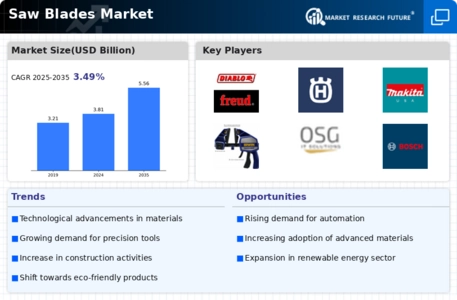
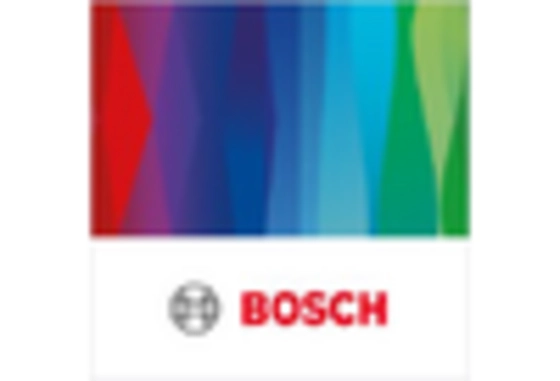
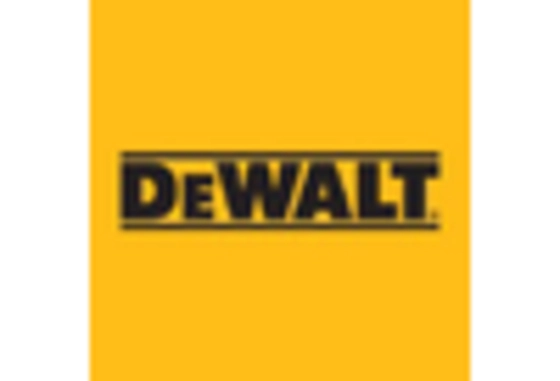
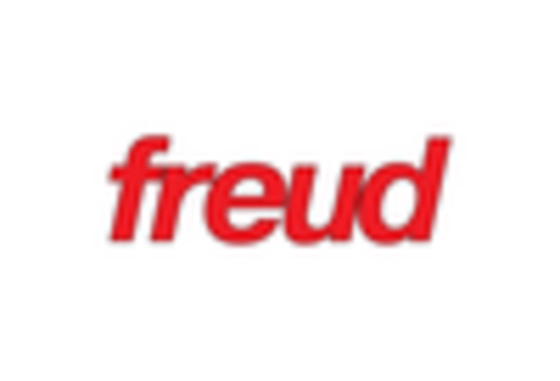

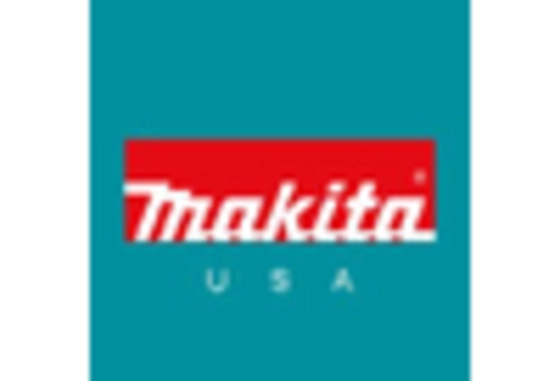









Leave a Comment